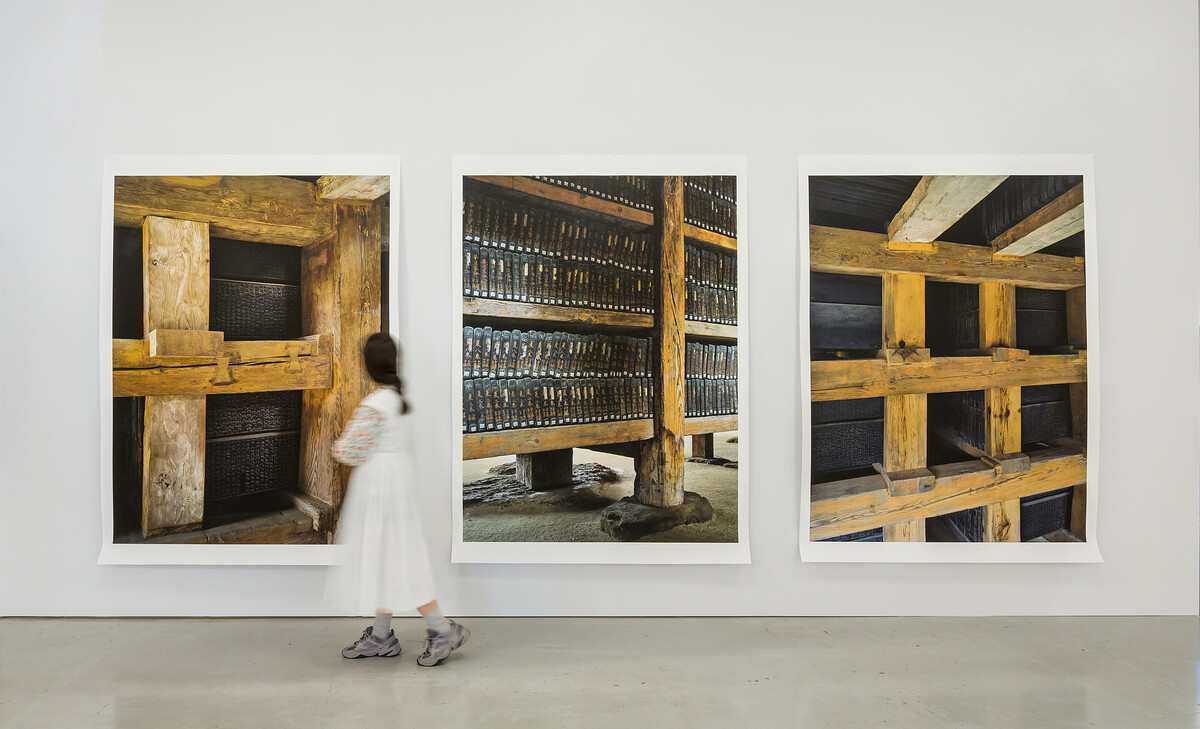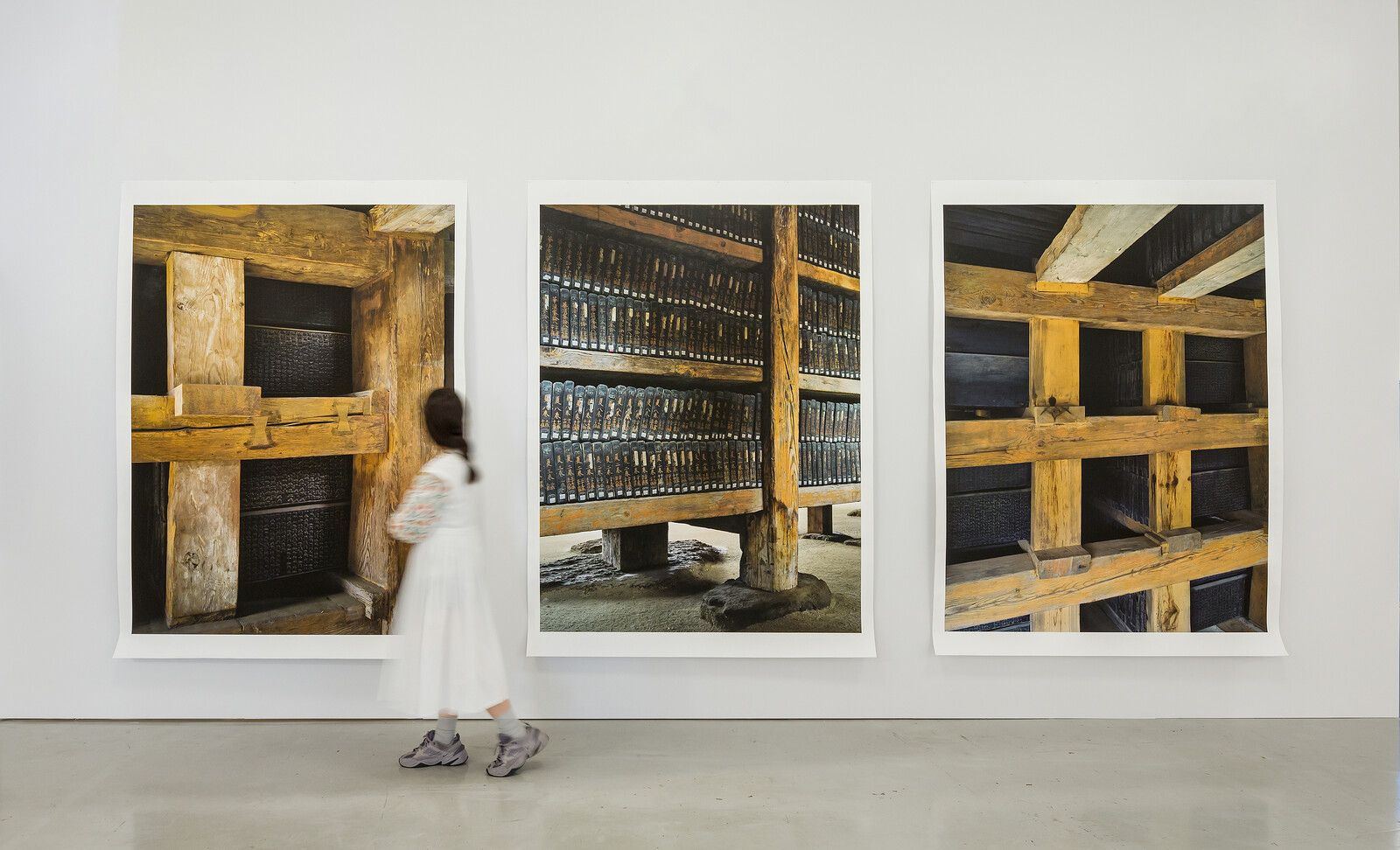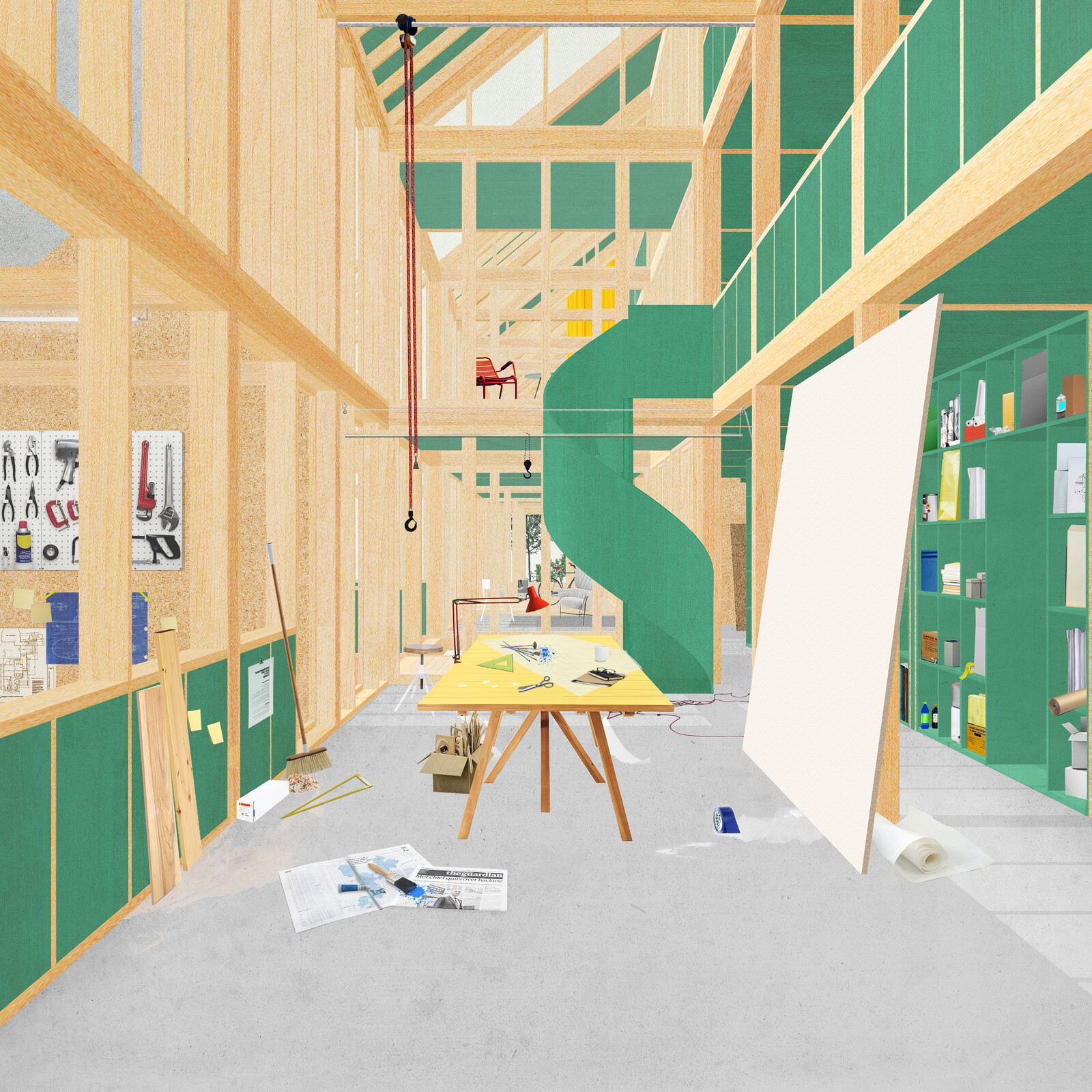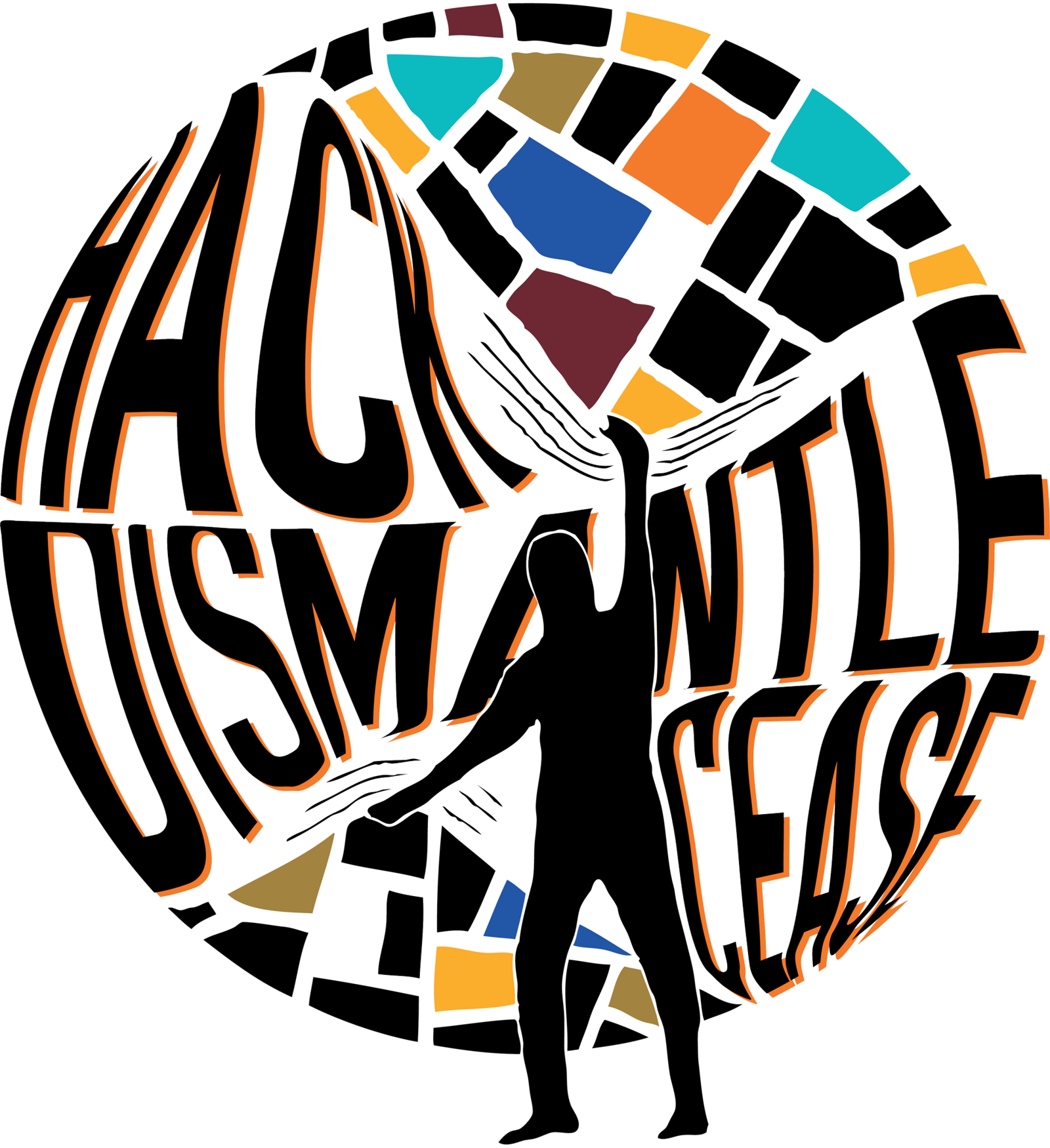Collectivity is a collaboration between the Seoul Biennale of Architecture and Urbanism 2019 Thematic Exhibition and e-flux Architecture, featuring contributions by Pier Vittorio Aureli, Leonard Ma, Mariapaola Michelotto, Martino Tattara, and Tuomas Toivonen, Ana Džokić, Marc Neelen, Jere Kuzmanić, and Predrag Milić, Keller Easterling, Andrés Jaque, and Alick M. McLean.
Collectivity is a property of things. We have many words to describe the subjective experience of being collected—togetherness, solidarity, belonging—but each admit to the presence of a shared identity. The assembly of people, material, or ideas each in their own way form a collective being. Collecting, as a process, is constitutive of collectivity. In an era marked by the exploitation and extraction of groups, gatherings, and communities, how might collecting and collectivity turn against speculative apparatuses of production, and move toward the collectives we need?
At the turn of the ninth century, two Korean monks of Chinese origin settled a small hermitage on the ground where the Haeinsa Temple now stands in Gyeongsang, South Korea. Sought after to aid King Aejang’s wife, who was suffering from an incurable illness, the monks sent a spool of five-colored thread and a set of instructions as a cure. Instructed to tie one end to the queen’s finger, and the other to a pear tree in front of the palace, the queen was healed, and the tree withered, sacrificed in her place. The grateful king became patron to the monks, donating the lands of their settlement and financing the construction of the temple.
During the Goryeo-Khitan wars at the end of the tenth century, important Buddhist texts and scriptures (the original “tripitaka”) were lost and destroyed. Seeking the good fortune of Buddha to defeat the Mongols and to reconstruct lost knowledge, King Gojong ordered the production of the Goryeo Tripitaka, or Tripitaka Koreana, the most complete and significant extant body of Buddhist scripts in the world; a collective archive to resist against invading forces and preserve a threatened culture.
A total of 81,258 engraved printing blocks took over a decade to complete, with monks and carpenters from across Korea aiding in their production. Written in perfect hanja by thirty monks, devoid of authorship or identity, and notable for their completeness, precision, and lack of error, the work was a monument to craft and knowledge. The blocks were made from birchwood, soaked in sea water for three years, cut to size, boiled in saltwater, and dried for three years in the wind and shade. Each tablet was then inscribed with 23 lines of text, 14 characters per line, and finally lacquered and capped in metal. Intended for the mass replication, dissemination, and universal access of these important texts and teachings, the blocks are one of the earliest examples of moveable type technology. Transferred to the temple in the 1390s, these documents still represent the most complete historic collection of Buddhist lore and form the basis for all Japanese, Chinese, and Taiwanese scripture.
The library constructed to house the blocks next to the temple, Janggyeong Panjeon, is a set of four equal halls of 60.44 by 8.73 by 7.8 metres, each of which are composed of fifteen rooms with two adjoining rooms. Unremarkable at first, Janggyeong Panjeon is a sophisticated and innovative architecture that provides optimum conditions for the preservation of the tablets. Oriented southwest to avoid the damp, and protected from the cold and sun by the surrounding mountains, windows vary across the façade to optimize ventilation and maintain temperature. The heavy timber bones of the temple rest on large rocks cropping out of the clay floor, set on the highest corner of the site. The floor itself is comprised of many strata of clay, charcoal, salt, lime, and sand layered deep into the earth to absorb all humidity. The clay roof is supported by special brackets and joinery of the wooden rafters to minimize movement and regulate the temperature and moisture.
In the 1970s, a modernist facility was built for the tablets to preserve them in perpetuity. Test-blocks immediately started to rot in the hermetic conditions. The project was abandoned and the archive was never moved. Each of the blocks still sit in their original storage in near perfect condition. A survivor of seven fires that destroyed almost every other monastery and temple buildings on the site, the library endures. During the Korean war, a North-Korean pilot was even ordered to bomb the temple but refused, risking arrest and prosecution. The tripitaka and the Haeinsa Temple site have become mythical elements in Korea’s collective identity and culture. Today, the temple is surrounded by religious sanctuaries and hermitages throughout the forest, small sanghas of monks, nuns, locals, and visitors dedicated to a life found in the tripitaka.
The collective efforts embedded in the production and protection of the tripitaka, the community of hermitages that surround the temple today, and the slow monastic life of the temple itself speak to an alternative way of being that has survived centuries of invasion, empire, and the auspices of progress. Reflecting on alternative modes of existence and forms of governance can reveal complex networks, histories, and relationships with the potential to refuse the dominant, extractive systems of contemporary spatial production.
Collectivity is a collaboration between e-flux Architecture and the 2019 Seoul Biennale of Architecture and Urbanism within the context of the “Collective City” thematic exhibition, and was made possible thanks to the support of the Creative Industries Fund NL.
Category
Subject
The Tripitaka Koreana, usually inaccessible, were photographed by Bas Princen under special permission from the Ministry of Culture and the monastery at the Haeinsa Temple in the context of the Seoul Biennale of Architecture and Urbanism.
Collectivity is a collaboration between e-flux Architecture and the 2019 Seoul Biennale of Architecture and Urbanism within the context of the “Collective City” thematic exhibition, and was made possible thanks to the support of the Creative Industries Fund NL.






